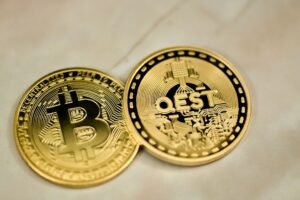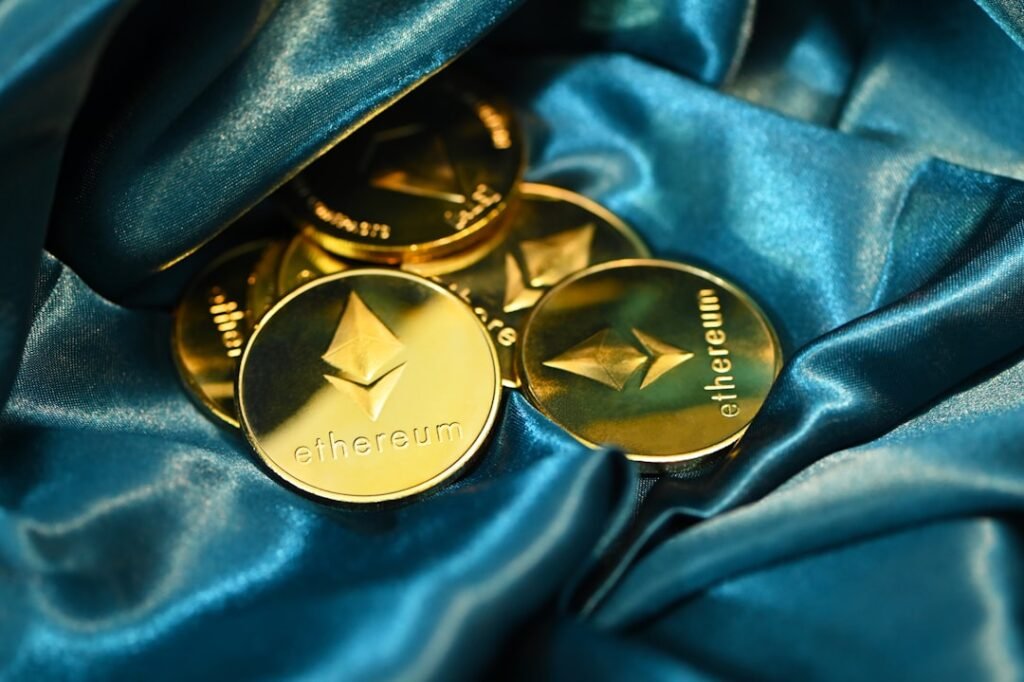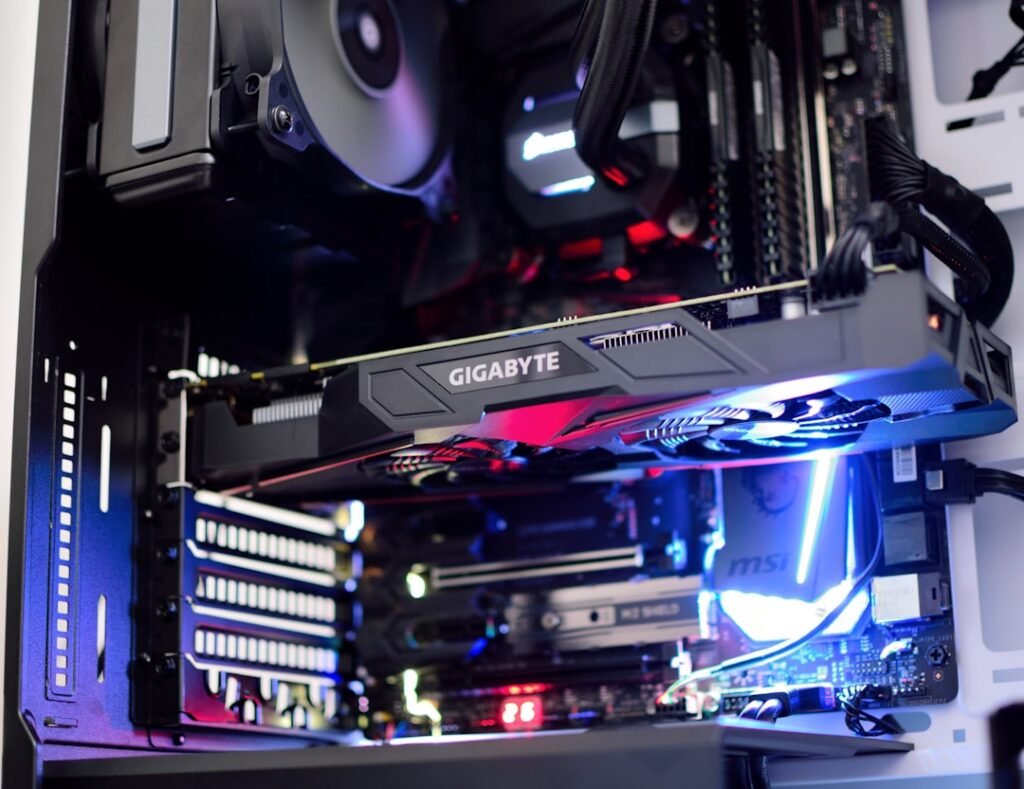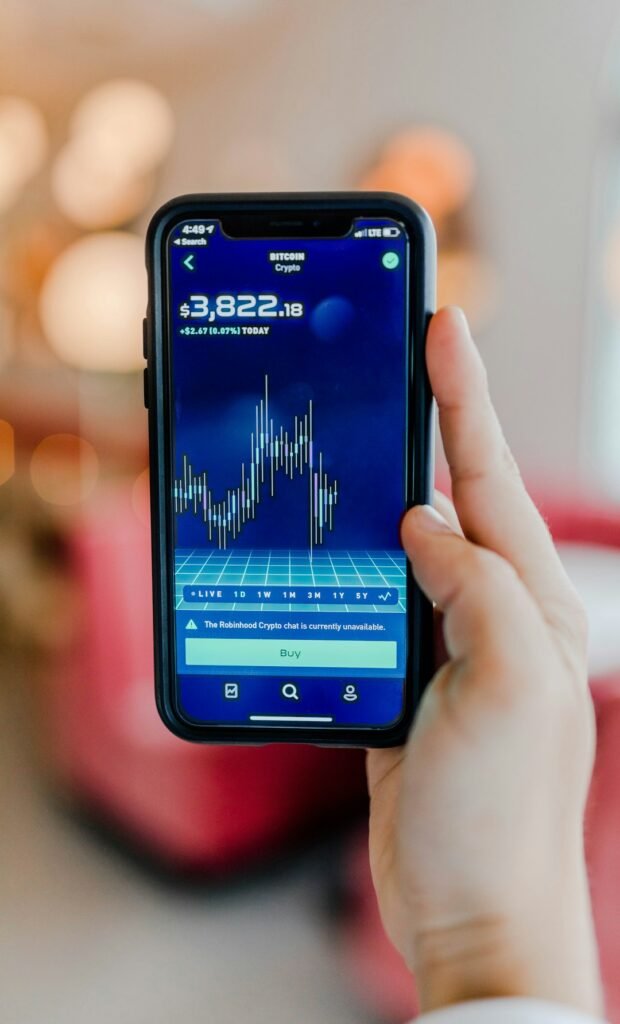The Ultimate Guide to NFTs: Understanding Non-Fungible Tokens in the Digital Age
What Are NFTs?
Non-fungible tokens (NFTs) are unique digital assets that represent ownership of one-of-a-kind items—digital or physical—using blockchain technology. Unlike cryptocurrencies such as Bitcoin (which are fungible and interchangeable), each NFT has distinct properties and cannot be replicated or replaced. Think of NFTs as digital certificates of authenticity: They verify originality and ownership of everything from digital artwork and music to virtual real estate and event tickets.
Fungible vs. Non-Fungible: Key Differences
- Fungible assets are interchangeable (e.g., dollars, Bitcoin). One unit equals another.
- Non-fungible assets are unique (e.g., original paintings, rare trading cards). No two are identical.
NFTs fall into the latter category. Their value stems from scarcity, provenance, and the immutable proof of ownership recorded on a blockchain.
A Brief History of NFTs
- 2014: The first NFTs emerged but gained little traction.
- 2017: Projects like CryptoPunks 和 CryptoKitties popularized NFTs, with the latter clogging Ethereum’s network due to demand.
- 2021: NFTs exploded into mainstream consciousness. Celebrities (Snoop Dogg, Paris Hilton) and brands (Gucci, Coca-Cola) launched collections. Digital artist Beeple sold an NFT for $69 million at Christie’s.
- 2022–2023: The market crashed due to oversaturation, scams, and high-profile bankruptcies (e.g., FTX). Many NFTs lost most of their value.
- 2024–Present: Recovery is underway, driven by utility-focused applications in gaming, real-world assets, and identity verification.
How NFTs Work: Blockchain, Minting, and Ownership
The Role of Blockchain
NFTs operate primarily on Ethereum (using standards like ERC-721 和 ERC-1155), though Solana, Polygon, and Bitcoin (via Ordinals) also support them. Blockchains provide:
- 透明度: Publicly verifiable ownership history.
- 安全性: Immutable records prevent forgery.
- Decentralization: No single entity controls the data.
Minting and Smart Contracts
- 造幣: Converting a digital file (art, music) into an NFT on the blockchain. This process involves:
- Uploading the asset to decentralized storage (e.g., IPFS).
- Creating metadata (unique traits, creator details).
- Deploying a smart contract that governs ownership, transfers, and royalties.
- 智慧型契約: Self-executing code that automates transactions. For example, they can ensure artists earn royalties (e.g., 10%) on secondary sales.
What You Actually Own
Buying an NFT means owning a token linked to the digital item—not necessarily the copyright or the file itself. If the linked file is hosted centrally (not on IPFS), it could disappear if the server shuts down.
Major Use Cases for NFTs
-
Digital Art & Collectibles
- Artists tokenize work to sell directly to collectors (e.g., NBA Top Shot for basketball highlights).
- Scarcity is enforced: Even if copies exist, the NFT verifies the "original."
-
Gaming & Metaverse
- NFTs represent in-game assets (weapons, characters) or virtual land (e.g., Decentraland). Players truly own these items and can trade them across platforms.
-
Music & Royalties
- Musicians use NFTs to sell albums, concert tickets, or exclusive experiences. Smart contracts automate royalty payouts.
-
Real-World Assets (RWAs)
- Tokenized real estate, luxury goods, or event tickets. NFTs cut fraud by proving authenticity (e.g., preventing counterfeit tickets).
-
Identity & Credentials
- "Soulbound NFTs" (non-transferable) could represent diplomas, licenses, or medical records.
Benefits of NFTs
- Proof of Ownership: Blockchain verification prevents fraud. As Solo Ceesay (Calaxy CEO) notes: "NFT technology helps assign ownership of the original piece."
- Creator Empowerment: Artists bypass intermediaries, set royalties, and engage fans directly.
- Community Building: Brands like Dolce & Gabbana and Starbucks use NFTs for exclusive rewards programs.
Risks and Challenges
1. Environmental Impact
NFTs on proof-of-work blockchains (like Ethereum pre-merge) consume massive energy. Solutions include:
- Shifting to proof-of-stake (Ethereum’s 2022 upgrade reduced energy use by 99%).
- Using eco-friendly chains (Polygon, Solana).
2. Market Volatility
NFT values swing wildly based on hype. Most NFTs from the 2021 boom are now near-worthless.
3. Security Risks
- Scams: Rug pulls (e.g., Baller Ape Club’s $2.6M theft), fake listings, and wash trading.
- Theft: Hackers target wallets. Use hardware wallets (e.g., Ledger) for large holdings.
4. Legal Ambiguity
- Owning an NFT ≠ owning copyright. Artists can retain rights to reproduce work.
- Regulatory uncertainty surrounds taxes and fraud.
5. Speculative Bubble
The 2021 crash proved many NFTs were overvalued. Experts urge caution: Treat NFTs as high-risk investments.
How to Buy, Store, and Sell NFTs
Step 1: Set Up a Crypto Wallet
- Choose an Ethereum-compatible wallet (e.g., MetaMask, Coinbase Wallet).
- Never share seed phrases—store them offline.
Step 2: Buy Cryptocurrency
Purchase ETH (or SOL for Solana NFTs) via exchanges like:
- Coinbase: User-friendly, high fees.
- Kraken: Low fees, advanced tools.
- eToro: Social trading features.
Step 3: Use NFT Marketplaces
- OpenSea: Largest marketplace (supports multiple blockchains).
- Rarible: Artist-focused, with governance tokens.
- Magic Eden: Dominant Solana NFT platform.
Step 4: Minting or Buying
- Mint: Upload files, pay gas fees, and create NFTs.
- 購買: Bid in auctions or buy at fixed prices. Verify creator legitimacy first!
Step 5: Secure Storage
- Store NFTs in hardware wallets for maximum security.
- For estates: Include wallet keys in inheritance plans to prevent assets from being lost.
The Future of NFTs
- Metaverse 整合: NFTs will underpin virtual economies (e.g., digital fashion in Roblox).
- Real-World Utility: Tokenized deeds, patents, and supply-chain tracking.
- AI & Dynamic NFTs: Art that evolves via AI or real-world data.
- Regulation: Governments will likely impose AML and tax rules to curb fraud.
FAQs
Q: Are NFTs dead?
A: No—though the speculative frenzy faded, NFTs are evolving toward utility (gaming, ticketing, identity).
Q: How do NFTs differ from cryptocurrency?
A: Cryptocurrencies are money; NFTs are deeds of ownership.
Q: Should I invest in NFTs?
A: Only with capital you can afford to lose. Focus on projects with real-world use cases, not hype.
Q: Can I lose my NFT?
A: Yes—if you lose wallet access or the linked file is removed from hosting (unless stored on IPFS).
NFTs are more than digital collectibles—they’re a paradigm shift in ownership, creativity, and value exchange. While risks remain, their potential to reshape art, gaming, finance, and identity is undeniable. For creators, collectors, and innovators, understanding NFTs is no longer optional; it’s essential for navigating the future of the digital economy.











